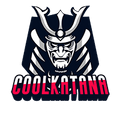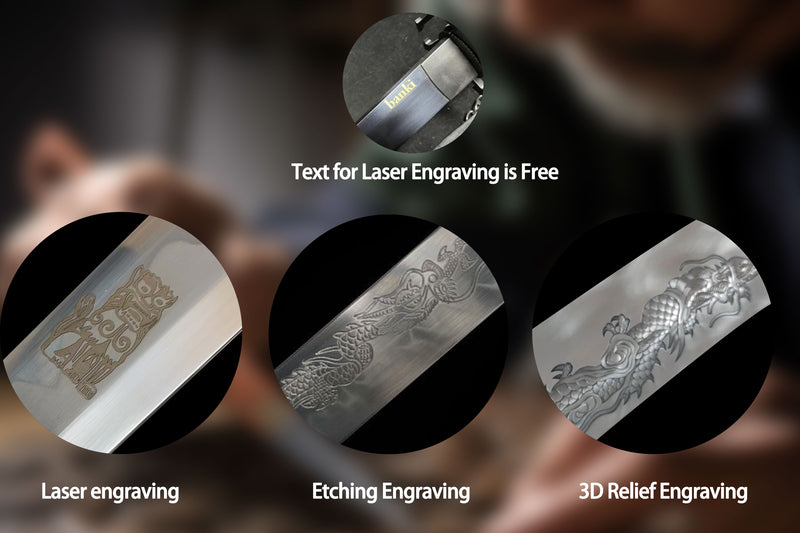What is the difference between the mini, standard, and extended versions of the sword?
Mini: Ideal for desktop display or gifts.
Standard: Perfect for cosplay and photoshoots.
Extended: Designed for collectors who want a full-scale replica for wall or vertical stand display.
Is this sword set a good gift for Bleach anime fans?
Definitely. Whether they’re fans of Ichigo Kurosaki, Aizen, or Kenpachi, this 3PCS sword set makes a striking and meaningful gift for anyone who loves Bleach or collects anime swords.
Which form of Ichigo Kurosaki does this sword replicate?
This katana is modeled after the Tensa Zangetsu blade, used by Ichigo Kurosaki in his Bankai form during key battles against enemies like Aizen and Hollow Ichigo. It’s a central element of his transformation into Bleach Ichigo Bankai.
Which version of Kurosaki Ichigo’s sword does this represent in the Bleach anime?
This sword represents Tensa Zangetsu, the Bankai sword Ichigo Kurosaki wields after unlocking his full potential as a Shinigami. It’s one of the most iconic Zanpakuto in Bleach and a favorite among fans.
How accurate is this replica compared to Zangetsu from Bleach?
Featuring a sleek, black 1060 carbon steel blade and minimalist straight-edge styling, this hand-forged katana closely replicates the visual feel of Zangetsu from Bleach, especially Ichigo’s Bankai form wielding the black blade.
Is this sword battle-ready or mainly for display?
Forged and hand-polished from 1060 carbon steel, this katana offers moderate durability for light training, but is best suited for display, cosplay, or collection—perfect for those seeking a high-quality Ichigo Bleach Bankai replica.
What’s the difference between this and the Proplica version?
While Proplica models are official plastic replicas mainly for display, this one features a real metal blade with authentic weight and polish, catering to serious collectors and fans of Bleach Ichigo Zangetsu who seek realism.
Does Ichigo use Zangetsu in other forms? Is this the final version?
Yes, Ichigo’s Zanpakuto evolves through the series. This version—Tensa Zangetsu—is his primary Bankai sword during arcs like the Aizen and Arrancar sagas. It’s not his final Bankai, but certainly one of the most iconic swords in the Bleach swords list.
Is this a good gift for a Bleach anime fan?
Absolutely! Whether your giftee is a fan of Bankai Kurosaki Ichigo, or the Zanpakuto list in Bleach, this anime katana makes a thoughtful and immersive present—especially when paired with a mini katana stand for display.
How can you tell if a katana is real or fake?
A genuine katana is hand-forged by skilled swordsmiths using high-carbon steel with a full tang blade and traditional fittings. A fake katana or decorative samurai sword is often made from stainless steel, lacks proper balance, and is only suitable for display.
What is the difference between a battle ready katana and a replica?
A battle ready katana (functional samurai sword) is fully sharpened, heat-treated, and designed for martial arts or tameshigiri cutting. A replica katana sword looks authentic but is intended only for decoration or cosplay.
What are the main types of Japanese swords?
Traditional Japanese swords include the katana, tachi (long cavalry sword), wakizashi (short sword), tanto (dagger), and naginata (polearm). These types of samurai swords each have unique lengths, designs, and historical uses.
What is the best steel for a katana sword?
The best steel for a katana is often T10 high-carbon steel, 1095 carbon steel, or clay-tempered folded steel. These materials provide the perfect combination of hardness, flexibility, and long-lasting sharpness.
How much is a real katana?
The price of a real katana varies depending on craftsmanship, materials, and historical value. A high-quality handmade samurai sword usually costs from a few hundred dollars to several thousand.
How much does a katana weigh?
The average katana weight is between 1.1–1.4 kg (2.4–3.1 lbs). This balance allows the katana sword to be fast, responsive, and effective for cutting techniques.
What are the main katana parts called?
Key katana parts include the tsuka (handle), tsuba (guard), saya (scabbard), habaki (blade collar), and nagasa (blade). Each component affects balance, safety, and the aesthetics of a samurai sword.
Can I mount my katana on the wall?
Yes. Use a katana stand or samurai sword wall mount designed to hold the blade and scabbard securely. Display your katana sword in a safe, dry place to prevent rust and damage.
Are antique katanas still available to buy?
Yes. Antique katanas and vintage samurai swords from historical periods such as the Edo era can still be found through reputable dealers, auctions, and collectors. Always verify authenticity before purchase.
How is a katana traditionally made?
Traditional katana sword forging involves folding and hammering high-carbon steel, differential hardening to create the hamon (temper line), and hand-polishing. This centuries-old process gives each samurai sword its strength, beauty, and unique character.
































